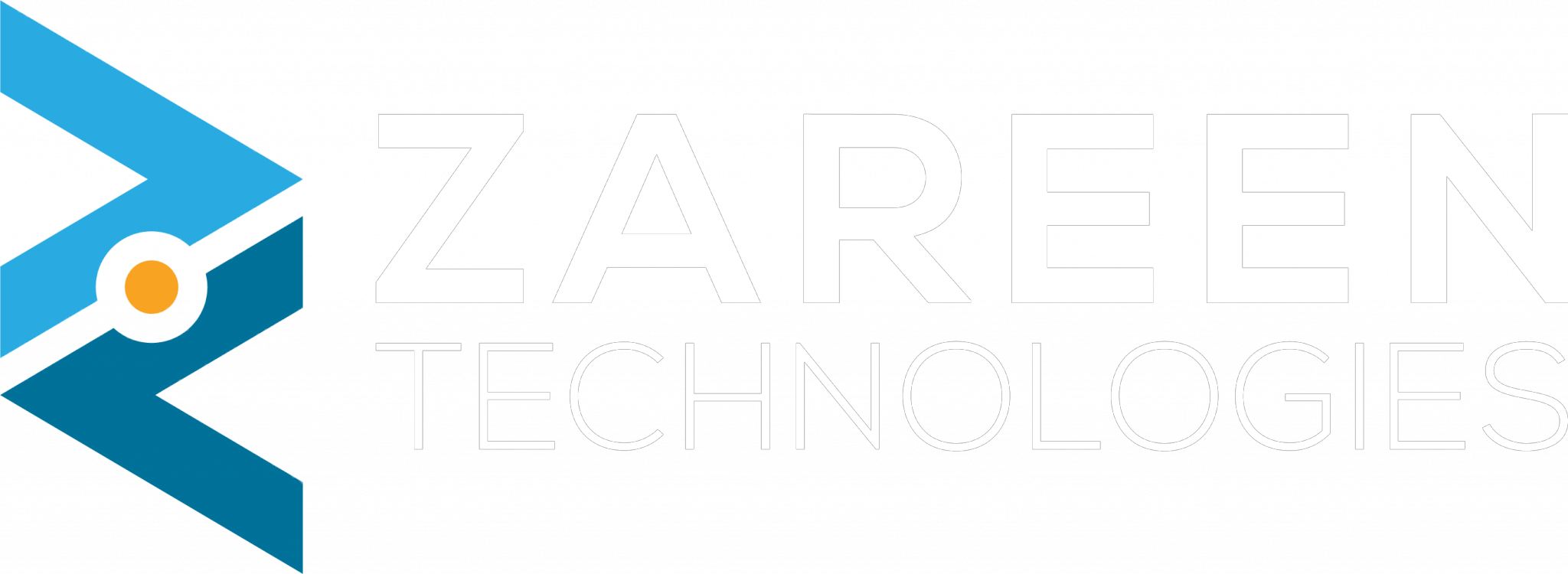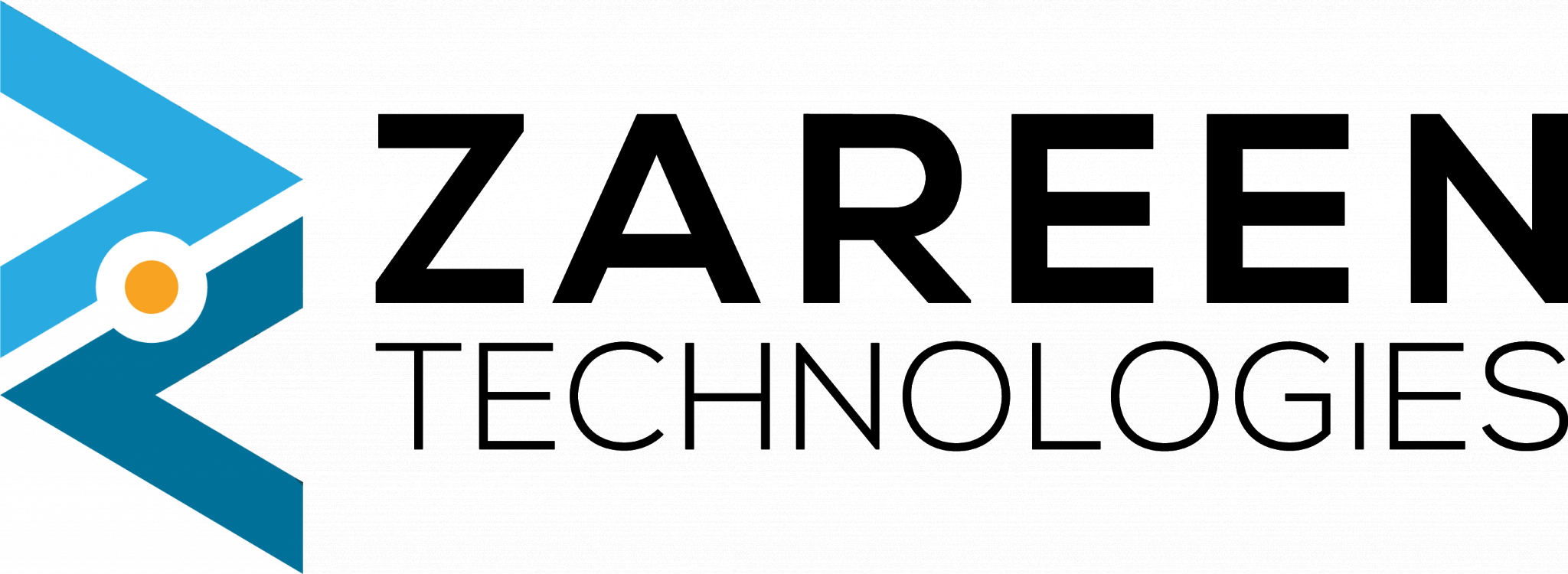What is an MVP (Minimum Viable Product)?
An MVP, or Minimum Viable Product, is a product that includes just enough features to satisfy early customers and gather feedback for future development. The concept of an MVP is rooted in the Lean Startup methodology, which emphasizes building products quickly, testing them, and iterating based on real user feedback.
Rather than investing significant time and resources into developing a fully-featured product, businesses create an MVP to test the core value proposition and address the most critical customer needs. This approach helps minimize risk and ensures that resources are spent efficiently.
Key Characteristics of an MVP:
- Core Functionality: The MVP only includes the most essential features that deliver the core value of the product.
- Early Testing: The product is tested with a limited user base to gather feedback and validate assumptions.
- Iterative Development: Based on feedback, the MVP is refined and improved, often in multiple iterations.
What is Prototyping?
Prototyping involves creating a preliminary version of a product to explore its design, functionality, and usability before fully developing it. A prototype is typically a working model or a mock-up of the product that helps stakeholders visualize and test ideas in the early stages of development. Prototypes can range from low-fidelity (like sketches or wireframes) to high-fidelity (interactive digital models or simulations).
Prototyping is an excellent way to test the look and feel of a product, assess its functionality, and gather early feedback on the user experience. Unlike MVPs, which are focused on core functionality, prototypes are more about testing ideas, concepts, and design elements.
Key Characteristics of Prototyping:
- Visual Representation: A prototype helps stakeholders see what the final product might look like, even if it’s not fully functional.
- User Testing: Prototypes are often used for user testing to gain insights into how real users interact with the product.
- Exploration of Features: Prototypes allow businesses to explore different ideas, designs, and features before committing to development.
MVP vs. Prototyping: What’s the Difference?
While both MVPs and prototypes are used to test and validate ideas, there are some key differences:
| Feature | MVP | Prototyping |
|---|---|---|
| Goal | To test core functionality and value proposition. | To test design, features, and usability. |
| Stage | Post-idea phase, before full-scale development. | Early in the design process. |
| Development Time | Developed for real-world use with minimal features. | Created quickly and may not be fully functional. |
| User Feedback | Focuses on feedback related to product functionality. | Focuses on feedback related to usability and design. |
| Investment | Requires more investment and effort compared to a prototype. | Lower investment; faster turnaround. |
In short, while an MVP is a fully functional product with enough features to deliver value to users, a prototype is more about testing concepts, designs, and interactions before committing to full-scale development.
The Benefits of MVP & Prototyping
1. Cost and Time Efficiency
Both MVP and prototyping allow businesses to test ideas quickly and with fewer resources, minimizing the risk of investing heavily in features that may not meet user needs or resonate with the market.
- Example: A startup can build a simple MVP to test its core product concept, instead of spending months developing a full-featured solution that might not work. Similarly, prototyping allows a team to explore design choices before committing to expensive development.
2. Early Validation
One of the biggest advantages of using an MVP or prototype is the ability to gather early feedback from real users. This feedback can help refine your product, ensuring that it better aligns with market demands and user expectations.
- Example: A tech company might release a mobile app MVP with just a few key features to see if users find it valuable before adding more advanced functionality.
3. Faster Time-to-Market
By starting with a simple version of your product, you can release it to the market much faster. This early launch allows you to start building a user base, collecting feedback, and iterating on the product before your competitors.
- Example: A SaaS company might launch an MVP to gather initial users and feedback, allowing them to refine the product continuously while keeping the development process agile and fast-paced.
4. Reduced Risk
MVPs and prototypes allow businesses to test hypotheses without committing to full-scale development, significantly reducing the risk of market failure. You’re not betting everything on a single product design or feature set; instead, you’re using real-world data to inform future decisions.
- Example: A consumer goods company may prototype a new product design to see how consumers react before mass-producing the item, saving time and money if the design doesn’t resonate with users.
5. Improved Decision-Making
By using real user data, businesses can make more informed decisions on what features to prioritize, which ideas to abandon, and what areas of the product require improvement. This results in a product that is more likely to succeed in the market.
- Example: After user testing a prototype of a new app, the team might discover that a certain feature isn’t as useful as expected, prompting them to refine or remove it before moving to the MVP stage.
Best Practices for MVP & Prototyping
1. Start Small and Focus on Core Features
Don’t try to build everything at once. For an MVP, focus on delivering the essential functionality that solves your customers’ most pressing problems. Similarly, for prototyping, concentrate on testing the key design or usability elements before expanding.
2. Involve Users Early
In both MVP and prototyping, getting feedback from real users early and often is crucial. Conduct user testing, surveys, or interviews to gather insights into how your product is being used and how it can be improved.
3. Iterate Quickly
Both MVP and prototyping are iterative processes. Release early, gather feedback, and then refine. Don’t wait for the “perfect” product; instead, aim for continuous improvement based on real data.
4. Maintain Flexibility
Stay open to change. Both MVP and prototyping are designed to help you learn quickly, so be ready to pivot based on feedback. If a feature doesn’t resonate with users, be prepared to adjust or remove it.
5. Prioritize Speed
The faster you can test and iterate, the better. Use agile development principles to speed up your process, allowing you to launch quicker and start gathering feedback sooner.
When to Use MVP vs. Prototyping
- Use an MVP when you have a clear idea of your product’s core value proposition and you want to test its functionality with real users.
- Use Prototyping when you’re still in the concept or design phase and need to test ideas, gather feedback on usability, or explore different directions for your product.
Conclusion
Building a successful product requires thoughtful planning, user-centered design, and iterative development. By using MVPs and prototypes, businesses can test their ideas early, reduce risk, and ensure that their products meet real market demands. Whether you’re refining a new app, launching a digital service, or developing a physical product, these strategies provide a roadmap for turning ideas into actionable, user-tested solutions.
By taking the time to prototype and test an MVP, you increase your chances of success, save resources, and deliver products that truly resonate with your customers. So, the next time you have an innovative idea, consider starting small—test, learn, and grow!


